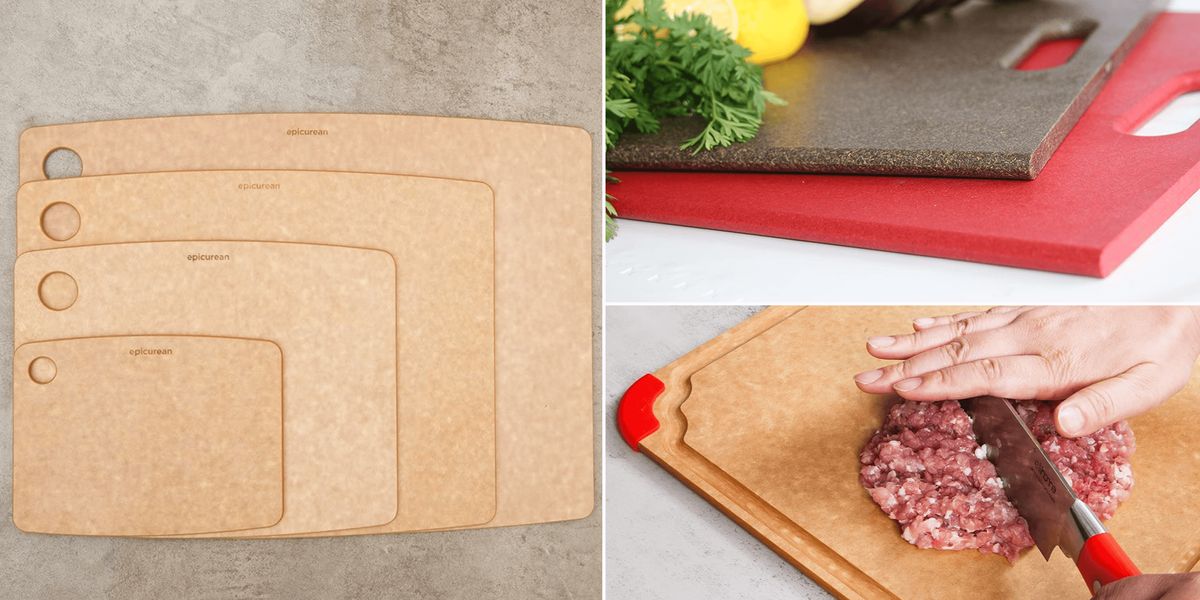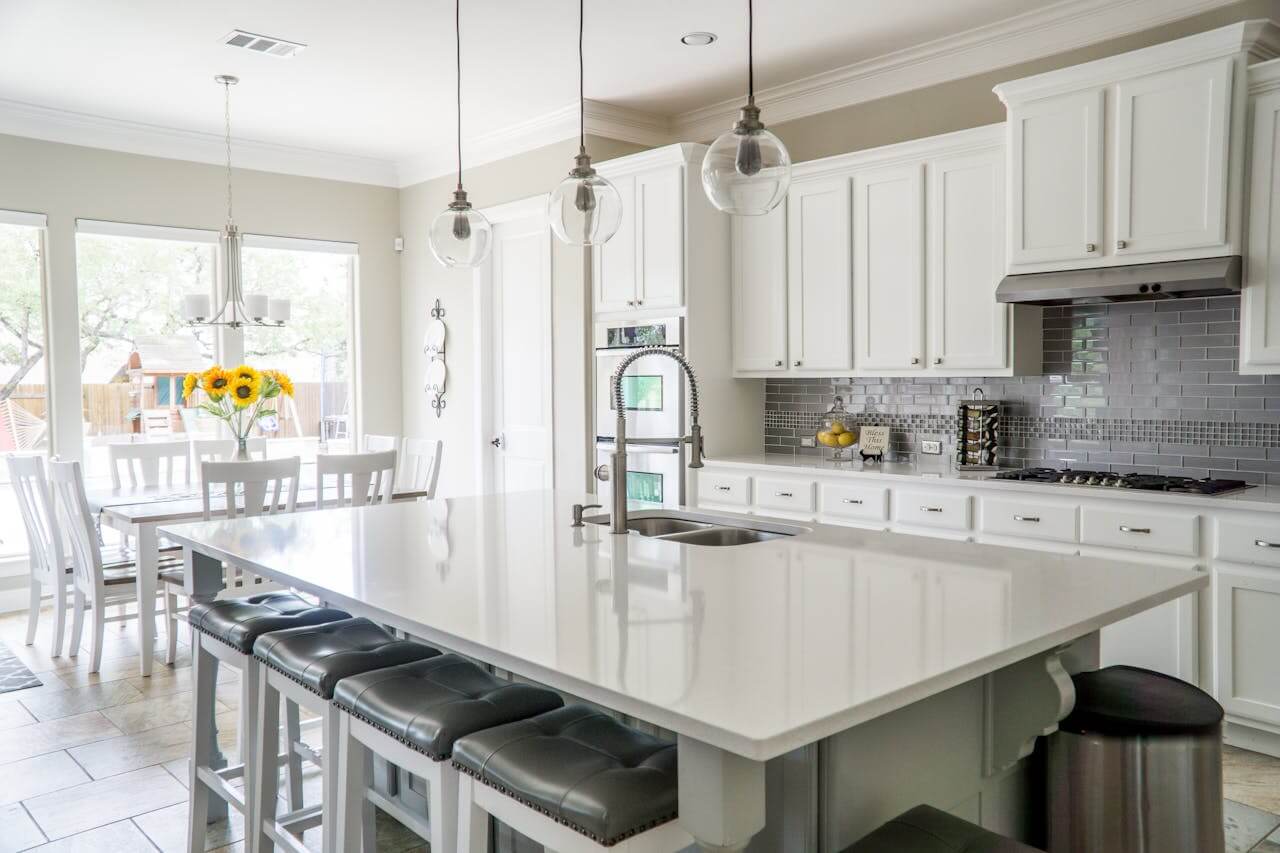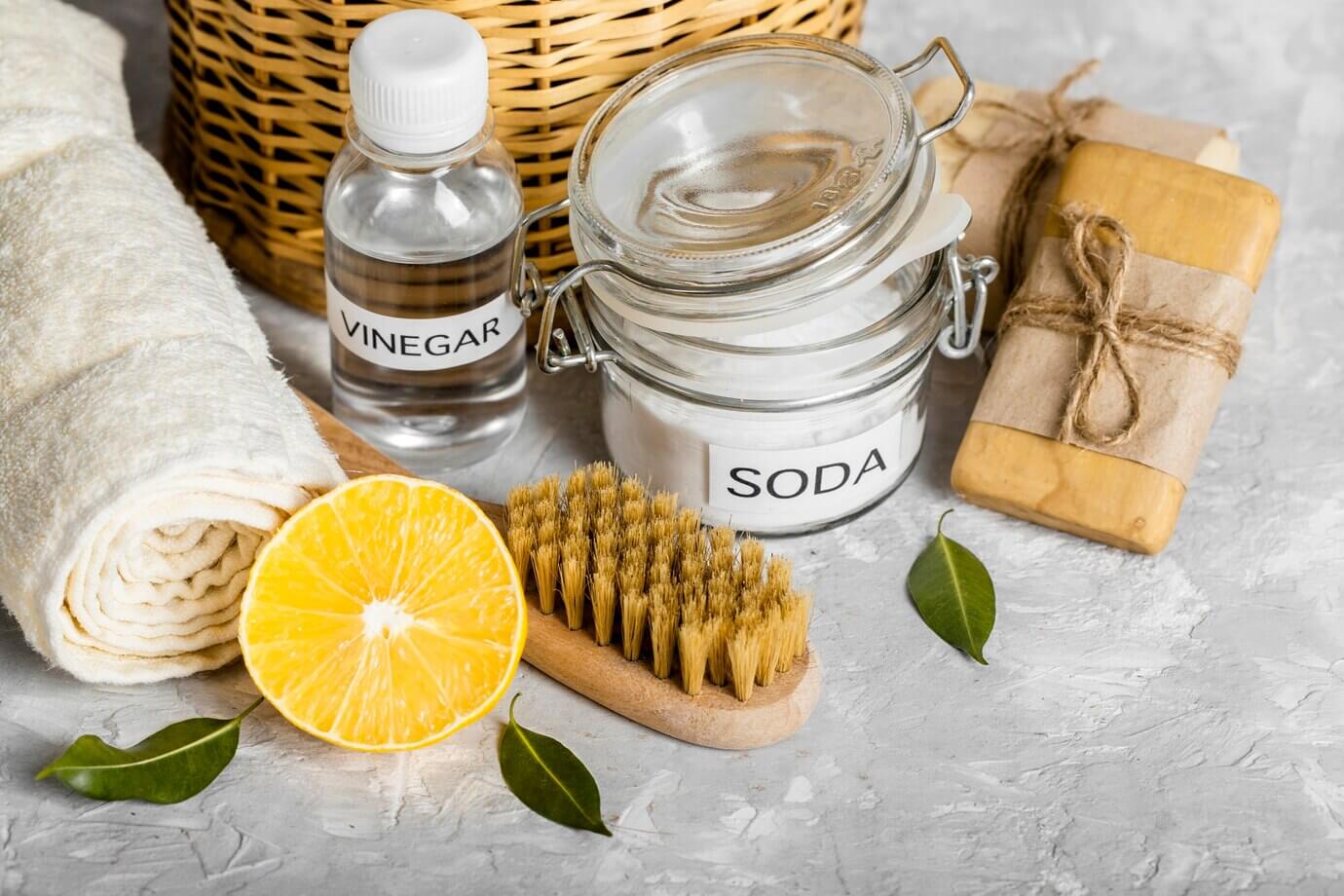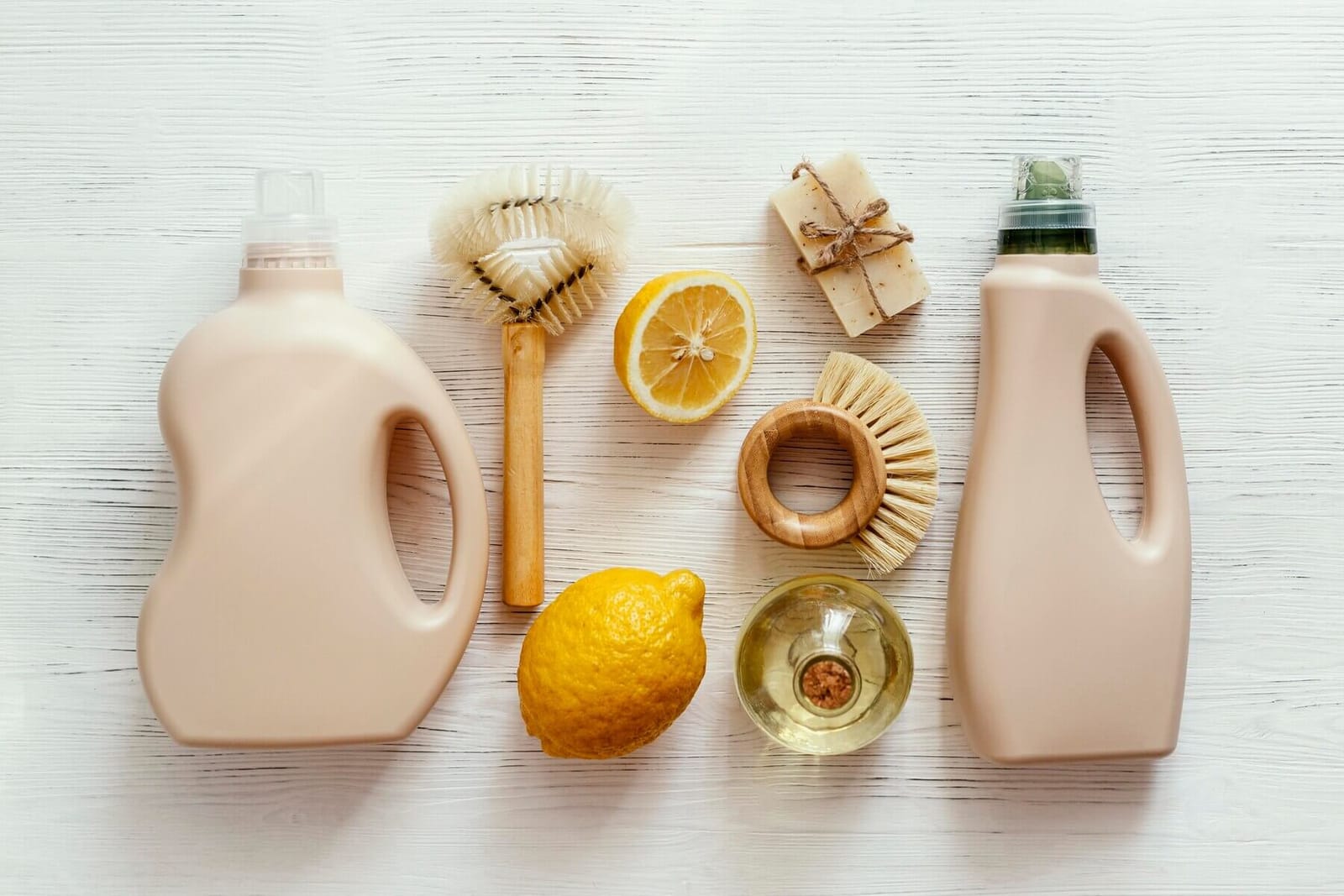This guide aims to cut right to the heart of the matter, comparing bamboo, plastic, and wood cutting boards. We'll explore which material stands up best to the rigors of kitchen life, which is kindest to the planet, and ultimately, which one might deserve a spot in your kitchen. Whether you're whipping up a feast or prepping a simple snack, the right cutting board can make all the difference. Let's jump into the details and help you make an informed decision that marries your cooking needs with your environmental consciousness.
In This Article
- Environmental Impact
- Durability and Longevity
- Maintenance Requirements
- Hygiene and Food Safety
- Aesthetic and Practical Considerations
- Cost Analysis
- Making Your Choice
- Frequently Asked Questions
Environmental Impact
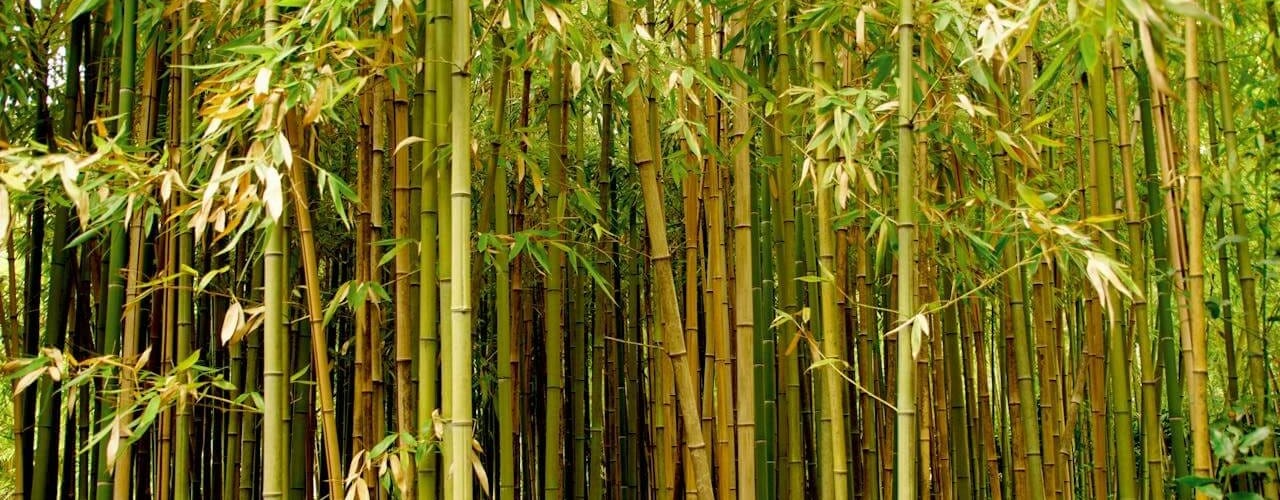
When sizing up the environmental footprint, bamboo boards are the eco-champs, wood brings a touch of nature with some strings attached, and plastic struggles to green its reputation amidst sustainability concerns.
Bamboo is the green genius of the group. It grows faster than a garden weed and doesn't need much water or any nasty chemicals to thrive. Plus, when a bamboo board's time is up, it can be composted, turning back into dirt without any fuss.
Wooden boards are like the wise old trees in the forest. They're natural and look great, but they take ages to grow. They also need more TLC to keep forests happy and healthy. And when they're done, they're not as easy to recycle as bamboo.
Plastic boards are the tough guys on the block. They last a long time and don't mind getting wet. But they're made from oil, which isn't great for Mother Earth. And when you toss them out, they'll hang around in landfills for a really long time.
So, bamboo boards are like your earth-loving friend, wooden ones are the traditional type, and plastic ones are low maintenance but not so eco-friendly.
Durability and Longevity
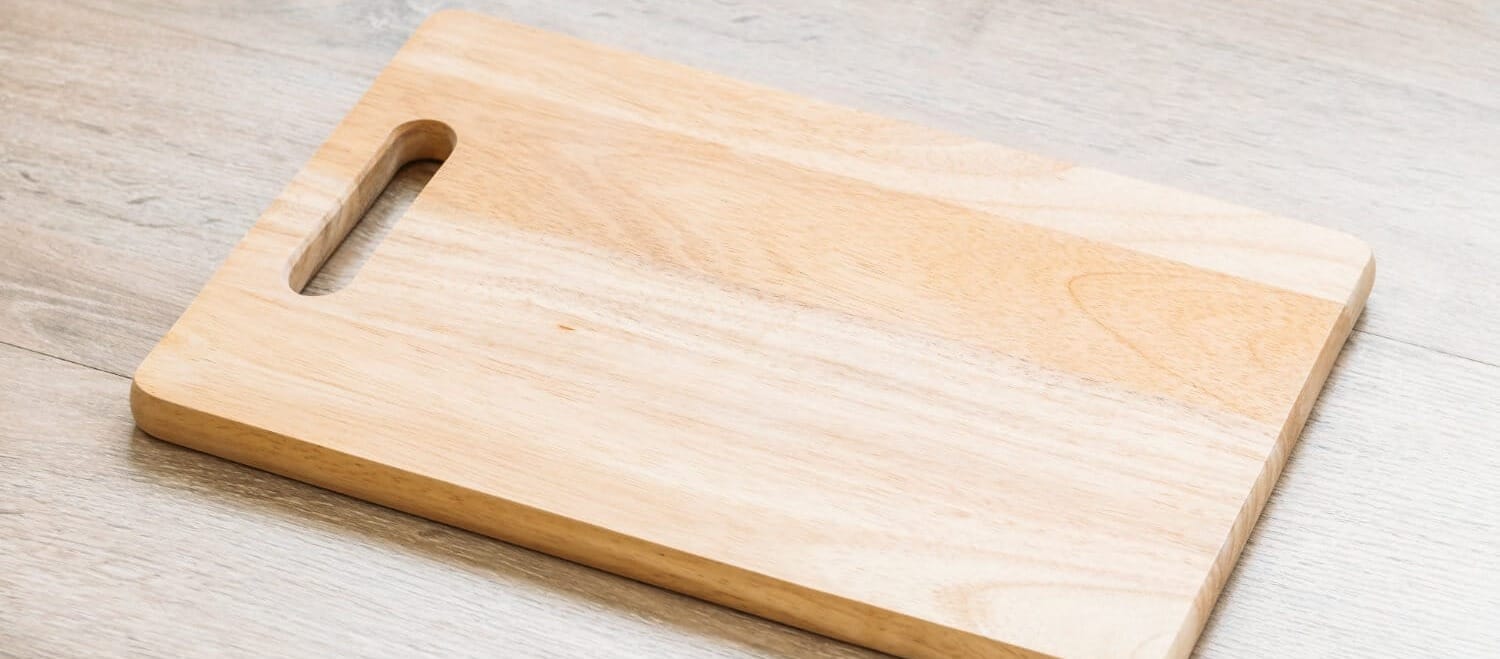
Now, let's talk about how tough these boards are because nobody wants a wimpy cutting board.
Bamboo boards are strong – like, superhero strong. They can take a lot of chopping before they give up the ghost. Plus, they don't get knife marks as easily as wood, which means they stay smoother for longer.
Wood boards have been around since, well, since there were trees. They're solid and can last a long time if you treat them right. But they do get cut up over time, and if they get too wet, they might warp or crack.
Plastic boards are like the action movie heroes of cutting boards. They can take hit after hit and not show much damage. They won't warp, and they're less likely to crack. But once they get scratched up, it's hard to get them back to their smooth, clean self.
Maintenance Requirements
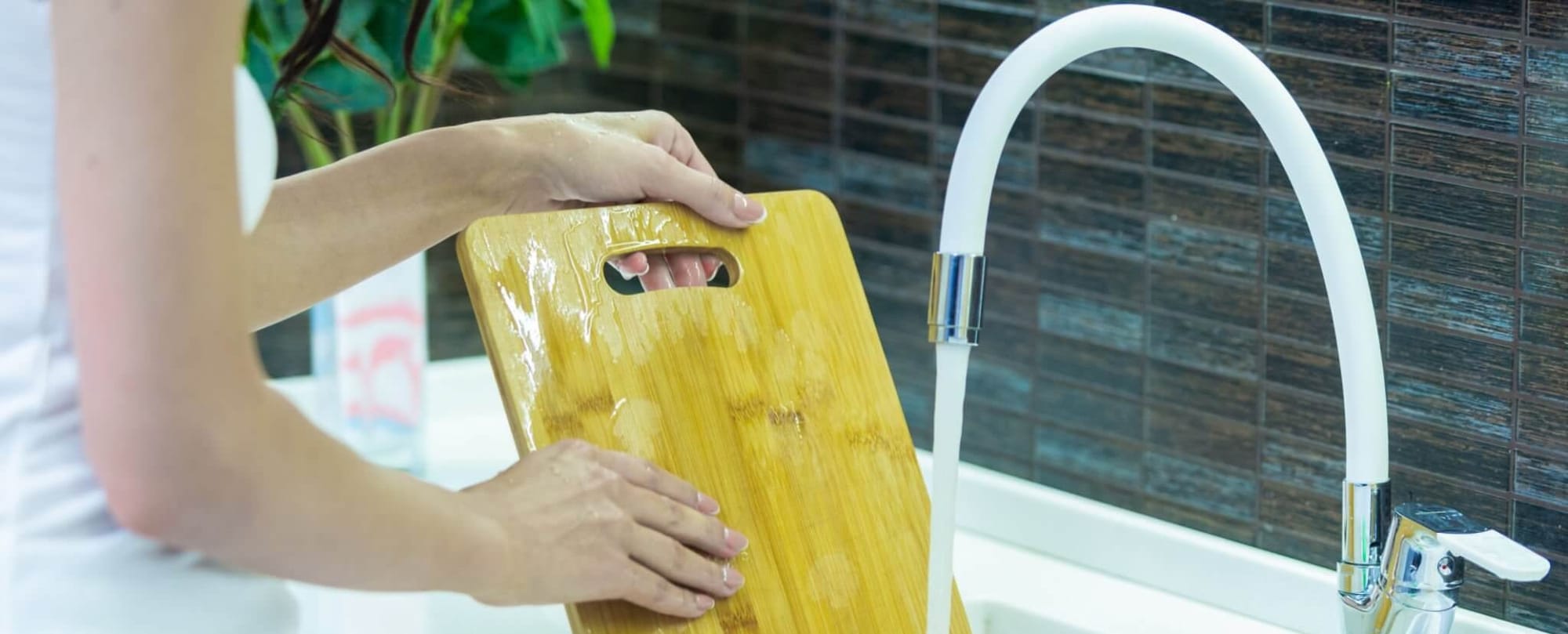
Here's the lowdown on keeping these boards looking good and working hard.
Bamboo boards like a spa day now and then. Give them a gentle wash and rub them with some oil to keep them shiny and new. Don't let them soak in the sink, though, or they'll get all puffy and warped.
Wood boards are the high-maintenance ones. They need oiling and some serious drying to stay in shape. If you ignore them, they'll start to show their age with stains and smells.
Plastic boards are the easy-going type. Just toss them in the dishwasher, and they're good to go. But beware, they can get knife grooves, which are tough to clean and can hide nasty germs.
Each board has its own personality: bamboo is low impact and easy to look after, wood needs more love but has classic charm, and plastic is super easy but not the best for the planet. Choose the one that matches your vibe and values.
Hygiene and Food Safety
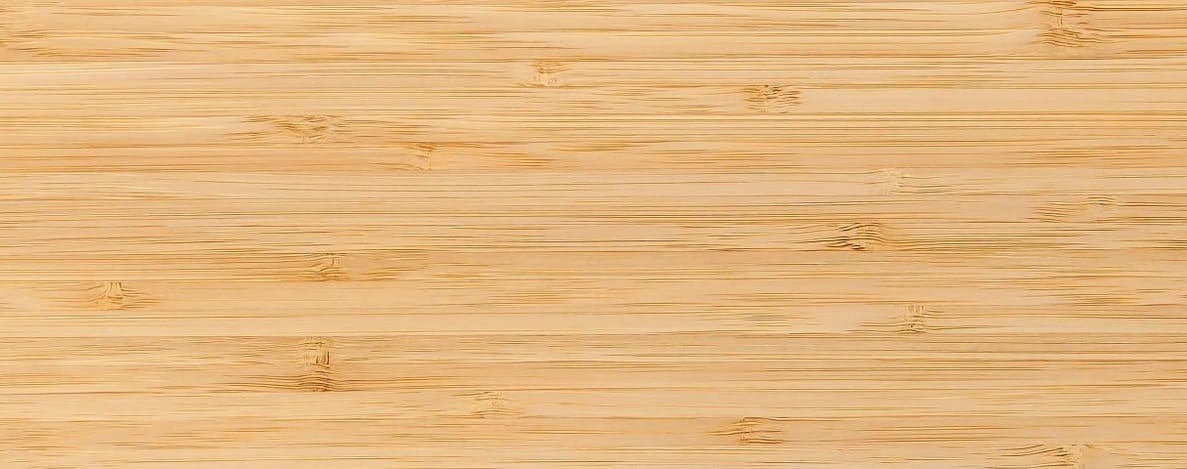
When it comes to keeping germs at bay, not all cutting boards are created equal.
Bamboo boards have a secret weapon: they're naturally antimicrobial. Thanks to something called bamboo kun, they resist bacteria and keep your kitchen smelling fresh. Plus, they don’t soak up odors like some of the others.
Wood boards are pretty good at keeping the bugs away, too, as long as they're treated right. But they can hang onto odors and stains if they get deep cuts from your knife.
Plastic boards don't have natural germ-fighting powers, but they're easy to sanitize in the dishwasher. The catch? Over time, all those knife marks can become tiny homes for bacteria, so they need to be replaced more often.
Remember, no matter what board you use, keeping it clean is key to a safe kitchen!
Aesthetic and Practical Considerations
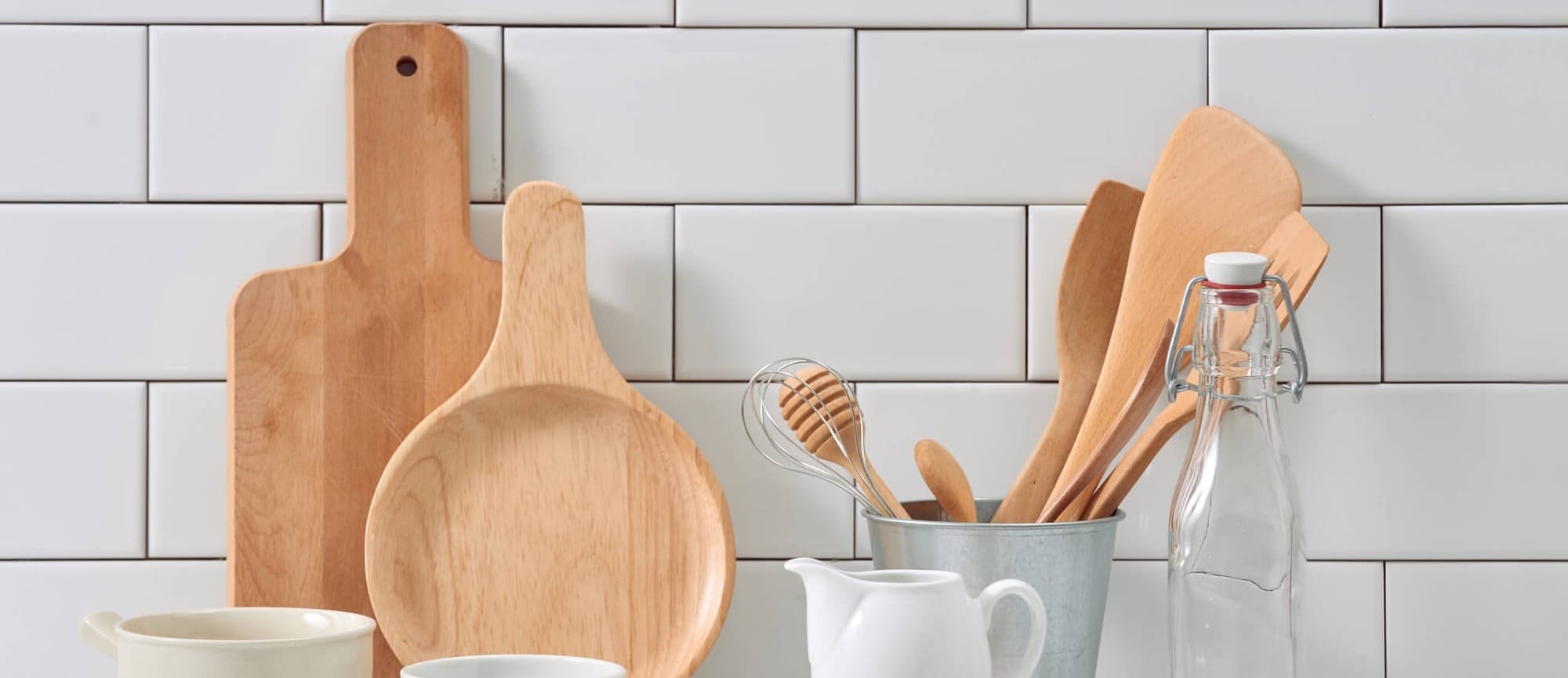
Now, let’s chat about how these boards stack up in style and function.
Bamboo boards are the lookers – they bring a warm, natural vibe to your kitchen that’s hard to beat. They’re also lightweight, easy to move around, and kind to your knives, keeping them sharp.
Wood boards have that classic, rustic charm that makes them the centerpiece of any kitchen. They’re heavier, which means they won’t slip and slide, but that also means they’re tougher to lug around.
Plastic boards come in all sorts of colors, which is fun for matching your décor. They’re light, easy to handle, and won’t dull your knives too fast. But, they might not be the showstopper on your countertop like bamboo or wood.
Cost Analysis
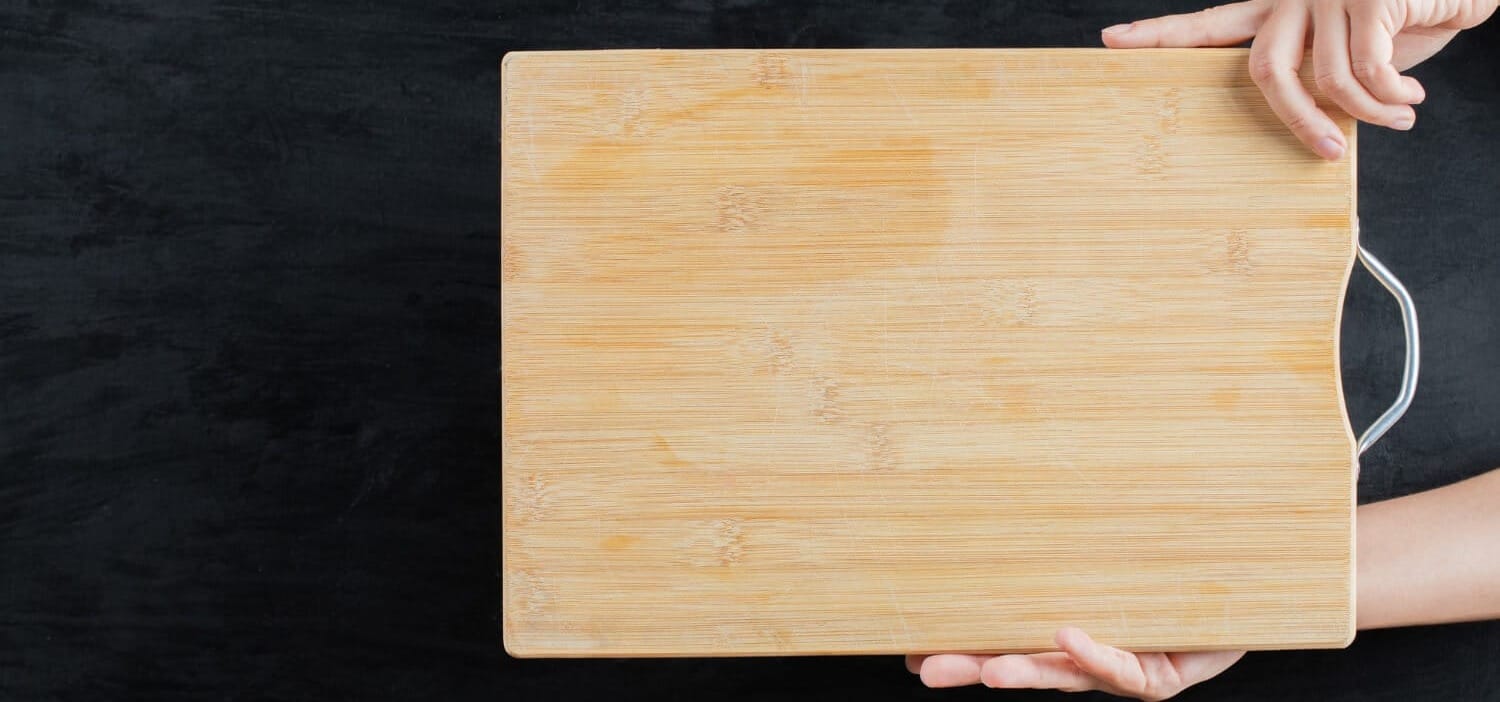
Money talks, and with cutting boards, you’ve got options for every budget.
Bamboo boards are usually kinder to your wallet up front and in the long run. They’re durable, so you won’t be shopping for a new one anytime soon, making them a sweet deal over time.
Wood boards can be a bit pricier, but if you’re willing to invest in their care, they can last for ages. Think of them as the heirloom piece you’ll pass down to your foodie kids.
Plastic boards are the budget-friendly pick. They’re the cheapest upfront, but since they wear out faster, you might be shelling out for new ones more often.
In the end, spending a bit more on a bamboo or wood board could save you cash and trips to the store. Plus, it's a high-five to the environment, which is priceless.
Making Your Choice
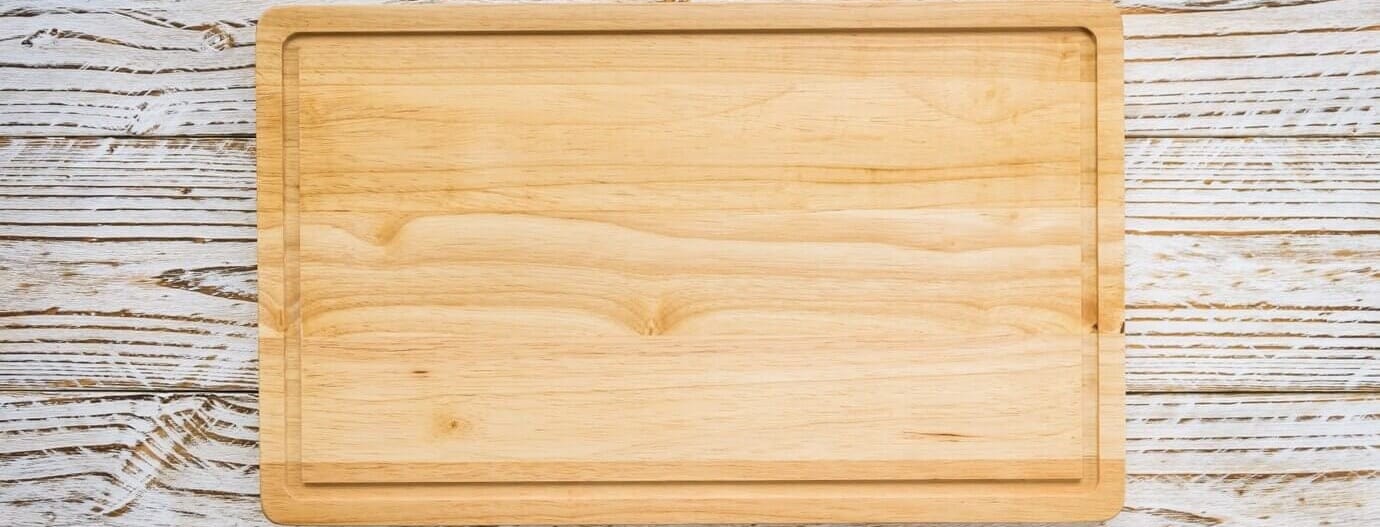
Picking the right cutting board is like choosing the perfect pair of shoes – it's got to fit your style, needs, and values. If you're all about saving the planet, bamboo's your best bet. It’s strong, grows back in a jiffy, and at the end of its life, it can be composted – talk about eco-friendly!
But maybe you're after that timeless kitchen look or you've got a soft spot for tradition. If that's the case, wood could be your go-to. Just remember, it needs a little more love to keep it in prime condition.
If low maintenance is your main thing and you don't mind swapping out more often, then plastic might be the way to go. It's easy to clean and won't put a big dent in your wallet.
Think about what you'll be chopping most, how much time you're willing to spend on maintenance, and how your choice affects the world around you. It's about finding that sweet spot between convenience, conscience, and cooking joy.
Frequently Asked Questions
Can I cut meat on a bamboo board?
Sure thing! Just clean it properly afterward, and you're good to go.
Will my wooden board last forever?
It can last a very long time with the right care – regular oiling and proper drying are key.
Are plastic boards really bad for the environment?
They can be, especially if they're not recycled and end up in landfills.
Can I repair my cutting board if it gets too many knife marks?
For bamboo and wood, sanding can help. Plastic, not so much – it might be time for a new one.
Does the price tag reflect the quality of the cutting board?
Not always. Sometimes you're paying for the brand or design. Good quality can come at a fair price, especially with bamboo boards.
